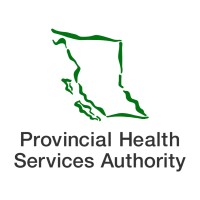
Provincial Health Services Authority
Canada's first provincial health services authority. Provincial Health Services Authority (PHSA) is one of six health authorities – the other five health authorities serve geographic regions of BC. PHSA's primary role is to ensure that BC residents have access to a coordinated network of high-quality specialized health care services. PHSA operates provincial programs including BC Children's Hospital, BC Women's Hospital + Health Centre, BC Emergency Health Services, BC Cancer, BC Centre for Disease Control and BC Transplant. It is also responsible for specialized provincial health services like chest surgery and trauma services, which are delivered in a number of locations in the regional health authorities. For career opportunities, visit www.jobs.phsa.ca or email [email protected].






